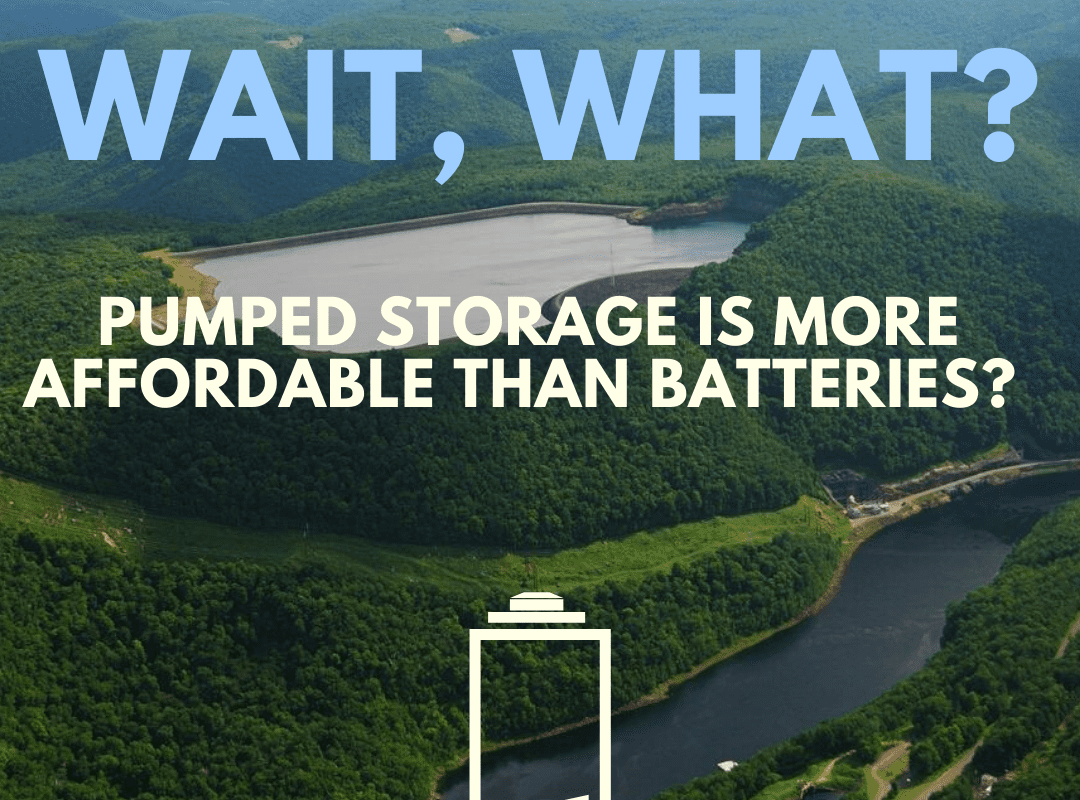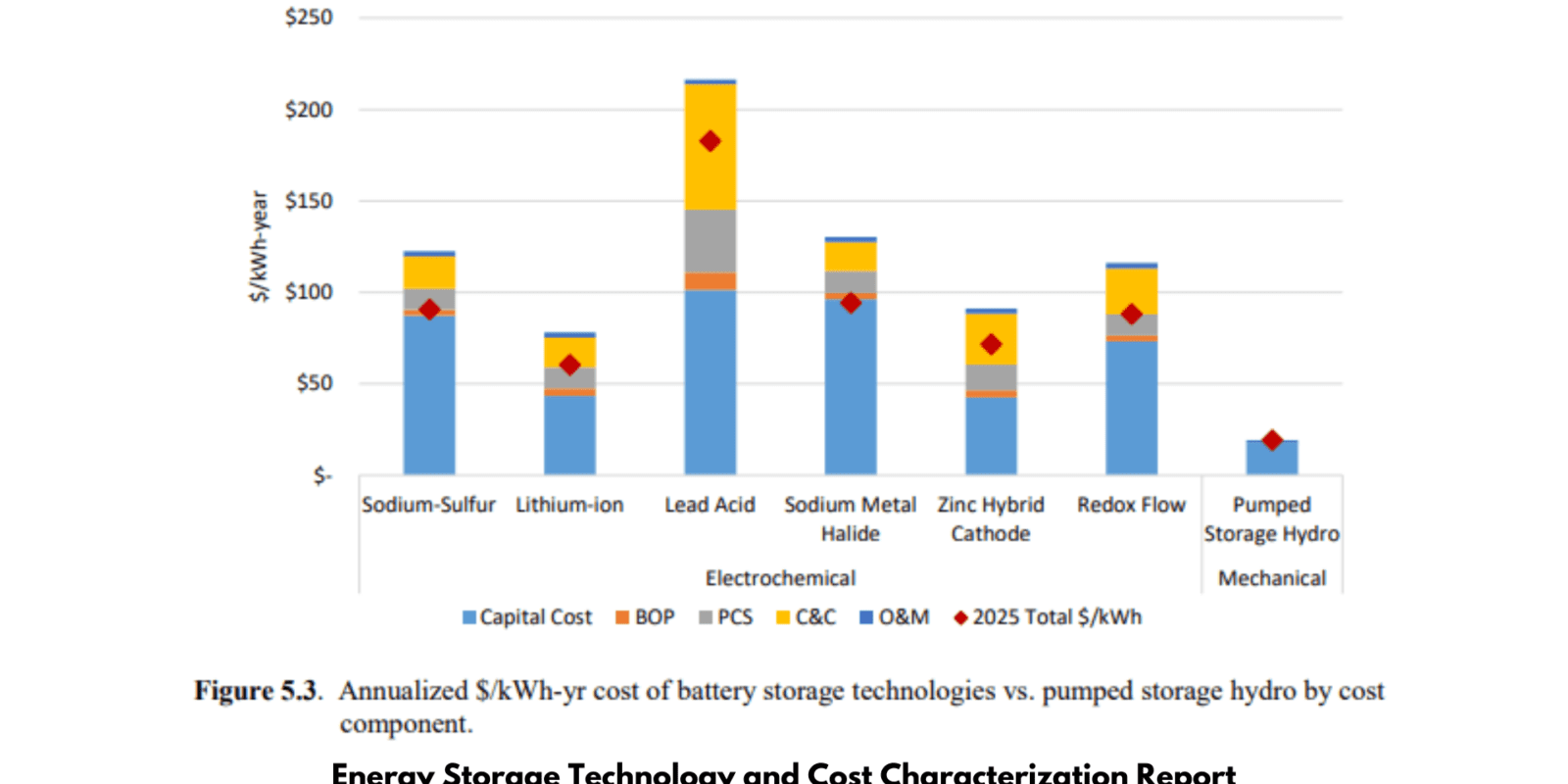

Wait, What? Pumped Storage is More Affordable Than Batteries?
Approximately 270 pumped storage hydropower plants are operating or under construction around the world, representing a combined generating capacity of more than 127,000 megawatts (MW). Why, then, does the buzz in the United States about energy storage typically focus exclusively on batteries? The part of the answer lies in debunking the myth that batteries are a more affordable storage solution than pumped storage hydropower.
The U.S. Department of Energy (DOE) released a study last year using methods to compare pumped storage hydropower and battery power, as well as other energy storage technologies, to get a true comparison of life-cycle costs.
The DOE’s report, Energy Storage Technology and Cost Characterization, found pumped storage hydropower (and compressed air energy storage) to be the “most cost-effective energy storage technology” on a cost per kilowatt-hour basis. Additional technologies evaluated include lithium-ion, lead-acid, redox flow, sodium-sulfur, sodium metal halide and zinc-hybrid cathode batteries, as well as flywheels and ultracapacitors.
Pumped storage is more expensive upfront than battery and other storage technologies, but the facilities are longer-term investments with lifespans of half a century or more. Projects cost approximately $1,700/kilowatt (kW) to $2,500/kW, based on an estimated 1,000 MW sized project.
Though the construction costs may be higher, pumped storage costs less than any other battery storage technology overall, at $19/kWh-yr (the fixed operations and management costs throughout the facility’s lifespan) compared to $74/kWh for Li-ion batteries, which was the lowest cost battery available today.

Pumped storage offers lower costs for long-term storage as well, at $165/kWh compared to $469/kWh for battery storage. Pumped storage has been used for decades; as a result, it’s a more mature technology than batteries, with higher rates of round-trip efficiency.
Pumped storage allows for greater integration of wind and solar resources into the grid system by reducing the curtailments of excess variable renewable generation. It also can be deployed in less-traditional geographies. All of these features improve grid reliability and reduce reliance on fossil-fueled generation.
When determining the most cost-effective storage technology, it’s important to look at the entire lifecycle and compare technologies apples-to-apples. And as it turns out, pumped storage is a pretty good choice.
Path to Clean Energy Vol 1
In this Issue…
-
The New England Electrical Blackout That Never Happened
-
In the face of COVID-19, Hydropower Operators Go Above and Beyond
-
Wait, What? Pumped Storage is More Affordable Than Batteries?
-
Decarbonizing America’s Grid: Umm, Not Without Hydropower…
-
Down to Brass Tax: Parity for All Renewables
-
What’s in the Hydropower Development Pipeline
-
California Sees Pumped Storage Hydropower as Key to Meeting Clean Energy Goals



